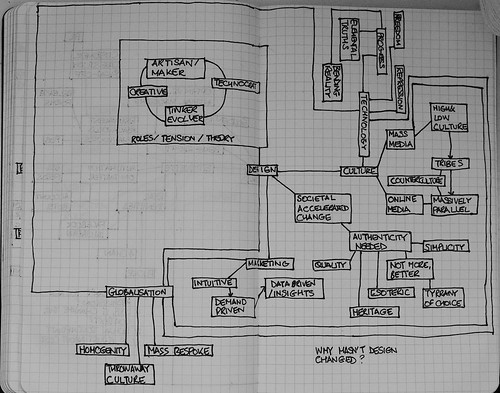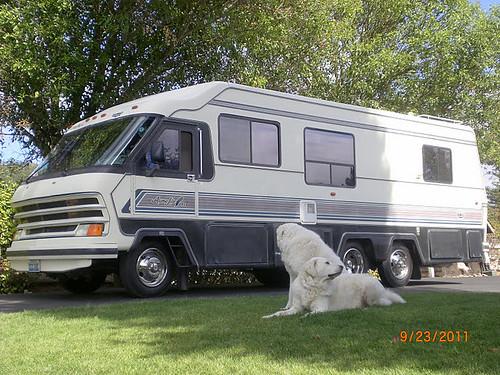I am currently reading My Rugged 211, The Quest, Reamde and New Rules for The New Economy.
My Rugged 211 by Minoru Onozato – To be honest with you I am more leafing through this than avidly reading it for reasons that will become apparent. Onozato-san is editor-in-chief of Free&Easy; a Japanese style magazine that has been a driving force since the late 1990s in Japanese style circles. The magazine focuses on European and American work-wear and former fashions. This is one of the reasons why Japan is the home of brands that look to bring authenticity into their clothing from reproduction brands like Buzz Rickson, Iron Heart and Sugarcane to the likes of Neighborhood. It’s this movement that made Sperry Topsiders and Red Wing boots popular again – Hoxton was a johnny-come-lately to these trends.
In the same way that i-D magazine, Paul Smith, Shawn Stüssy and Vivienne Westwood were held dear by the Japanese fashion industry during the 1980s and early 1990s; Free&Easy shares a similar role in western stylists today. My Rugged 211 is a trip into Onozato-san’s wardrobe: my rugged actually means fashion staples for what Stüssy called Burly Gear. Everything from vintage Ray-Ban glasses and US Air Force service shoes to items from street-wear brands like Tenderloin. A lot of it is the clothing equivalent crate-digging for vinyl record fans. I have been surprised by the amount of Ralph Lauren that he liked.
Like the fashion items that Onozato-san outlines, My Rugged 211 is easiest ordered from eBay and costs about 60 quid. Why My Rugged 211? Onozato-san isn’t a collector in the conventional sense but a curator. A year only has 365 days in it, so the larger the collection, the less likely it was to be worn. So he alighted on 211 as the cut off number of items. Over time he would refine the collection, when the item count ran over 211, he sold or gave away items that no longer ‘sparked joy’ as Mari Kondo would say.
The Quest by Daniel Yergin. The Quest is a sequel to his history of the energy sector The Prize which is the de-facto account of the oil and gas industry gracing the bookshelves of pretty much everyone I knew in the industry. The Quest picks up the story from the break up of the Soviet Union onwards. Providing an in-depth view of the events around this helps to explain recent history from before and through 9/11. Its a big dense book and it is compelling but slow-going.
Energy is linked to world events because it is the glue and the building blocks of our modern world – from the circuit board of my laptop to fueling the air cargo flight that brought my MacBook Pro in from the Foxconn factory in Shenzhen.
Reamde by Neal Stephenson. Reamde is the latest book by Neal Stephenson – its relatively uncomplicated cyberpunk book more akin of William Gibson’s recent work than Stephenson’s closest work Cryptonomicon. As with most of Stephenson’s other work it pulls in the reader. More on this once I have finished it.
New Rules for the New Economy by Kevin Kelly. Alongside the Wired reprint pamphlet Encyclopedia of the New Economy by John Browning and Spencer Reiss were probably some of the best books written in the late 1990s about how the interest was going to change things. New Rules for the New Economy is a book that I like to revisit now and again to take stock of things. Part of the reason is that Kelly was smart enough to put in caveats around his discussions of those changes which people tend to forget, like a former American colleague of mine who used to berate anyone whose clients wouldn’t put the budgets into social media as giving into scarcity thinking rather than plenty thinking like it was a demented new age mantra to ward off evil spirits.
Of course the tone of the book needs to be taken with a pinch of salt; it has a Gilderesque sense of boundless optimism that infused American writing from the end of the cold war until 9/11. It also failed to take account technical issues of network build-out, the limited capacity of wireless spectrum and buffer bloat; or the developing world’s desire to give over legislative powers to the media industry lobbyists and attempt to strangle the ‘net. Regardless of these issues it is a great read, and out of all the books, the one that I am making the most progress on. More on books that I have been reading.


